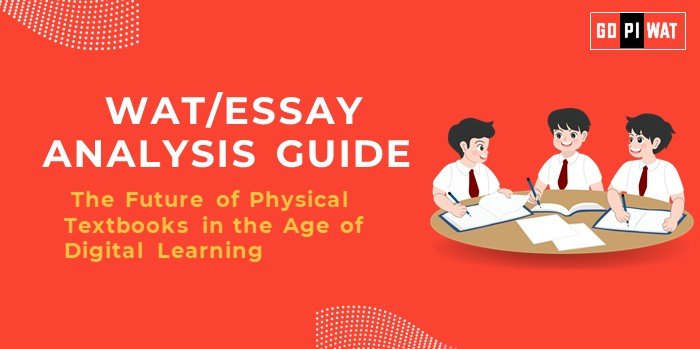📘 The Future of Physical Textbooks in the Age of Digital Learning
🌟 Contrast and Solution Approaches
Contrast Approach: “While e-books dominate the future of education, their inclusivity challenges remain unresolved, especially in underserved regions.”
Solution-Based: “Hybrid models combining physical and digital resources present the most sustainable path forward.”
📚 Structuring the Essay Body
🏆 Achievements
- 💰 Lower costs for students and institutions.
- 🌳 Environmental benefits due to reduced paper usage.
- 🌐 Widespread access to resources, benefiting remote learners.
⚠️ Challenges
- 🌍 Digital Divide: Limited access in rural and underserved regions.
- 👁️ Health Issues: Eye strain and mental fatigue from prolonged screen use.
- 🔐 Copyright Concerns: Higher risk of intellectual property violations.
🌏 Future Outlook
Hybrid models, combining the strengths of physical and digital resources, offer the most sustainable approach. Government initiatives, such as subsidized technology and teacher training, will play a pivotal role in ensuring inclusive education systems worldwide.
🎯 Concluding Effectively
Balanced Approach: “Combining digital innovation with traditional practices offers a sustainable solution to modern education’s evolving needs.”
Global Comparison: “Global benchmarks like Estonia demonstrate the potential of embracing digitization while addressing challenges.”
✍️ Sample Short Essays
📖 Balanced Perspective
“The shift from physical to digital textbooks is transformative yet incomplete. A hybrid approach, integrating both formats, ensures accessibility and learning quality.”
💡 Solution-Oriented
“Digital textbooks, supported by improved infrastructure and teacher training, can revolutionize education while ensuring inclusivity.”
🌍 Global Comparison
“Estonia’s successful integration of digital resources shows how balanced policies can enhance education worldwide.”


